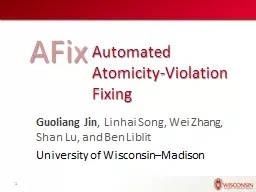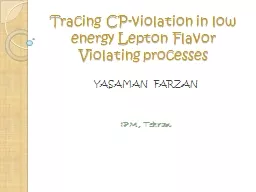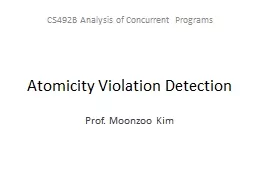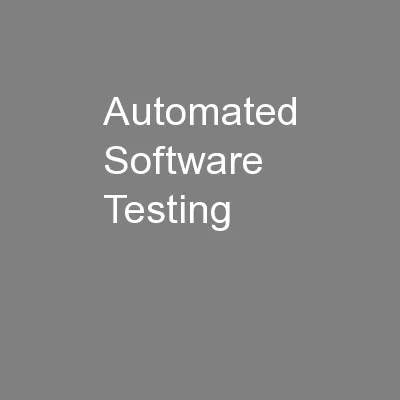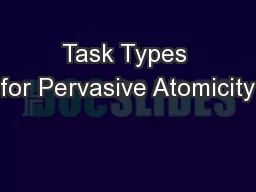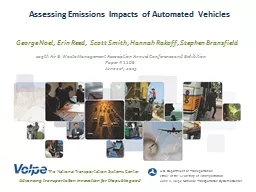PPT-Automated Atomicity-Violation
Author : trish-goza | Published Date : 2019-11-08
Automated AtomicityViolation Fixing Guoliang Jin Linhai Song Wei Zhang Shan Lu and Ben Liblit University of WisconsinMadison AFix 1 Multicore era is coming
Presentation Embed Code
Download Presentation
Download Presentation The PPT/PDF document "Automated Atomicity-Violation" is the property of its rightful owner. Permission is granted to download and print the materials on this website for personal, non-commercial use only, and to display it on your personal computer provided you do not modify the materials and that you retain all copyright notices contained in the materials. By downloading content from our website, you accept the terms of this agreement.
Automated Atomicity-Violation: Transcript
Download Rules Of Document
"Automated Atomicity-Violation"The content belongs to its owner. You may download and print it for personal use, without modification, and keep all copyright notices. By downloading, you agree to these terms.
Related Documents

